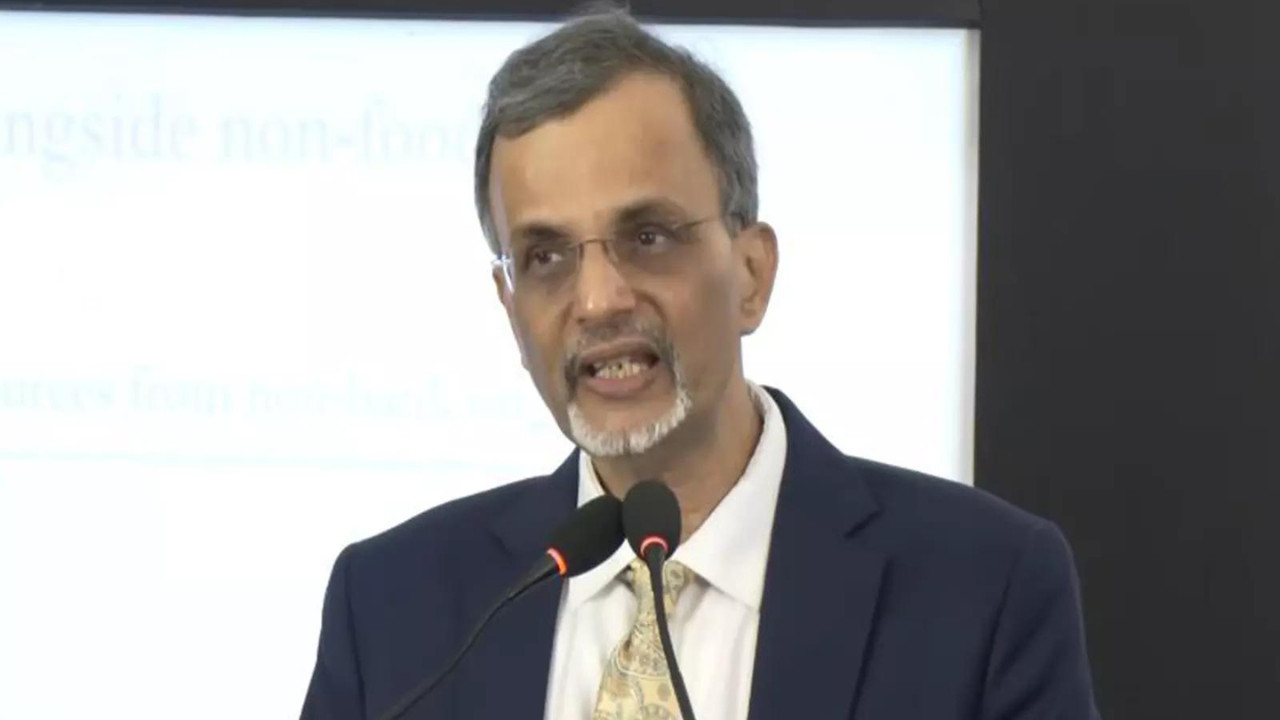New GST rates 2025 full list effective today: The Modi government’s next-generation GST reforms take effect on September 22, 2025, coinciding with the start of Navratri. These reforms reduce tax slabs to 5% and 18%, making household items, cars, and food cheaper. Here is the full list of new item-wise GST rates:
Navratri Brings a Mixed Bag: Decoding the Latest GST Rate Adjustments
The festive air of Navratri is upon us, and while the celebrations are in full swing, there’s been a quieter hum in the background: adjustments to the Goods and Services Tax (GST) rates. These changes, impacting everything from everyday essentials to specific services, are now in effect. Let’s unpack what these updates mean for your wallet and the broader economy.
What’s Getting a Little Lighter on the Pocket?
Some welcome news arrives in the form of reduced tax burdens on select items. One notable shift is the decrease in GST on carton boxes. Businesses involved in packaging and shipping, especially during this festive season’s surge in online shopping, will feel this positive impact. Reduced packaging costs can translate into slightly better prices for consumers – a win-win scenario.
Another area seeing relief is the hospitality sector. Certain hotel accommodations are now subject to a lower GST rate, potentially making that Navratri getaway or Diwali family trip a bit more affordable. Small businesses with annual turnover below specified thresholds also benefit from lowered rates on particular services. This boost can create a more level playing field, encouraging growth and innovation within the sector.
Specifically, the government’s focus seems to be on encouraging domestic manufacturing and supporting smaller players. This strategy is important for achieving long-term economic stability and self-reliance.
Where Will You Be Paying a Bit More?
The story, as always, isn’t solely about reductions. Certain goods and services have seen their GST rates climb. While the specific details vary, it’s essential to be aware of potential price increases in certain sectors. These upward adjustments are often necessary to balance the overall GST revenue and fund crucial government initiatives.
The rationale behind these increases often involves addressing existing anomalies or correcting inverted duty structures. An inverted duty structure occurs when the GST rate on raw materials is higher than the rate on finished goods, which can create challenges for domestic manufacturers. Correcting these imbalances helps to streamline the tax system and promote a more competitive environment.
Navigating the Nuances of GST Rate Changes
Understanding the intricacies of GST and its frequent updates can feel like navigating a maze. The government provides regular updates and clarifications through official channels. Staying informed about these changes is important for both businesses and consumers. Businesses need to adjust their pricing and accounting systems, while consumers should be aware of potential changes in the cost of goods and services.

The impact of these rate revisions is far-reaching, influencing everything from household budgets to corporate bottom lines. While the immediate effects might be incremental, the cumulative impact on the economy can be considerable.
The Bigger Picture: GST and Economic Growth
The GST system, since its inception, has been a transformative force in the Indian economy. Its goal is to simplify the tax structure, reduce cascading effects, and create a unified national market. While challenges remain in its implementation, the GST has undoubtedly streamlined interstate trade and improved tax compliance.
The ongoing adjustments to GST rates are a natural part of this evolution. The government’s objective is to fine-tune the system, address existing issues, and ensure that it aligns with the broader economic goals of growth and stability. By continuously monitoring and adapting the GST framework, India can unlock its full potential as a global economic powerhouse.
Staying Ahead of the Curve
The world of taxation is constantly changing, and staying informed is key. Consult trusted financial resources, government websites, and industry publications to keep abreast of the latest developments. By proactively seeking information and understanding the implications of these changes, you can make informed decisions and navigate the evolving economic landscape with confidence. Consider exploring resources about [income tax planning](your-internal-link-here) to get the most out of your money.
Ultimately, the latest GST rate adjustments are a reminder that the economic landscape is dynamic. While some areas may see price increases, others offer potential savings. By understanding these changes and their implications, we can better navigate the festive season and beyond.







